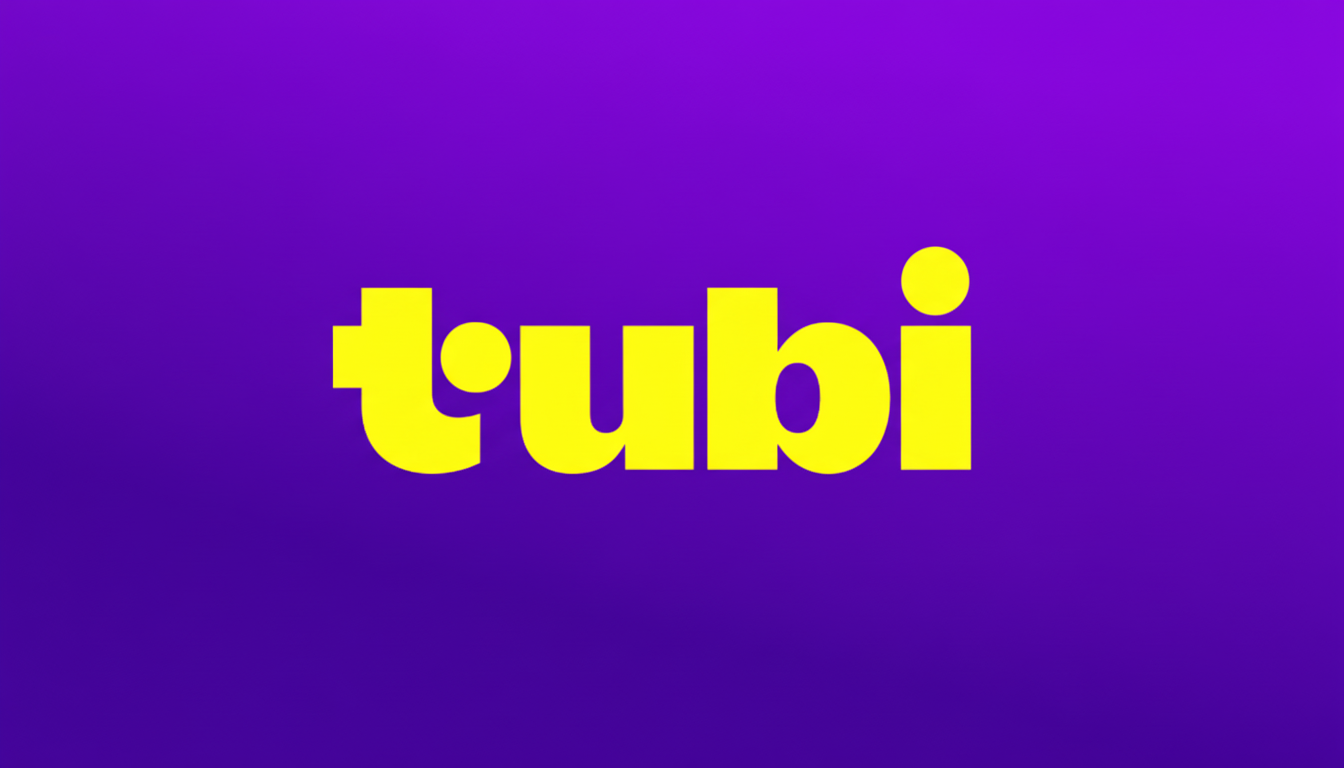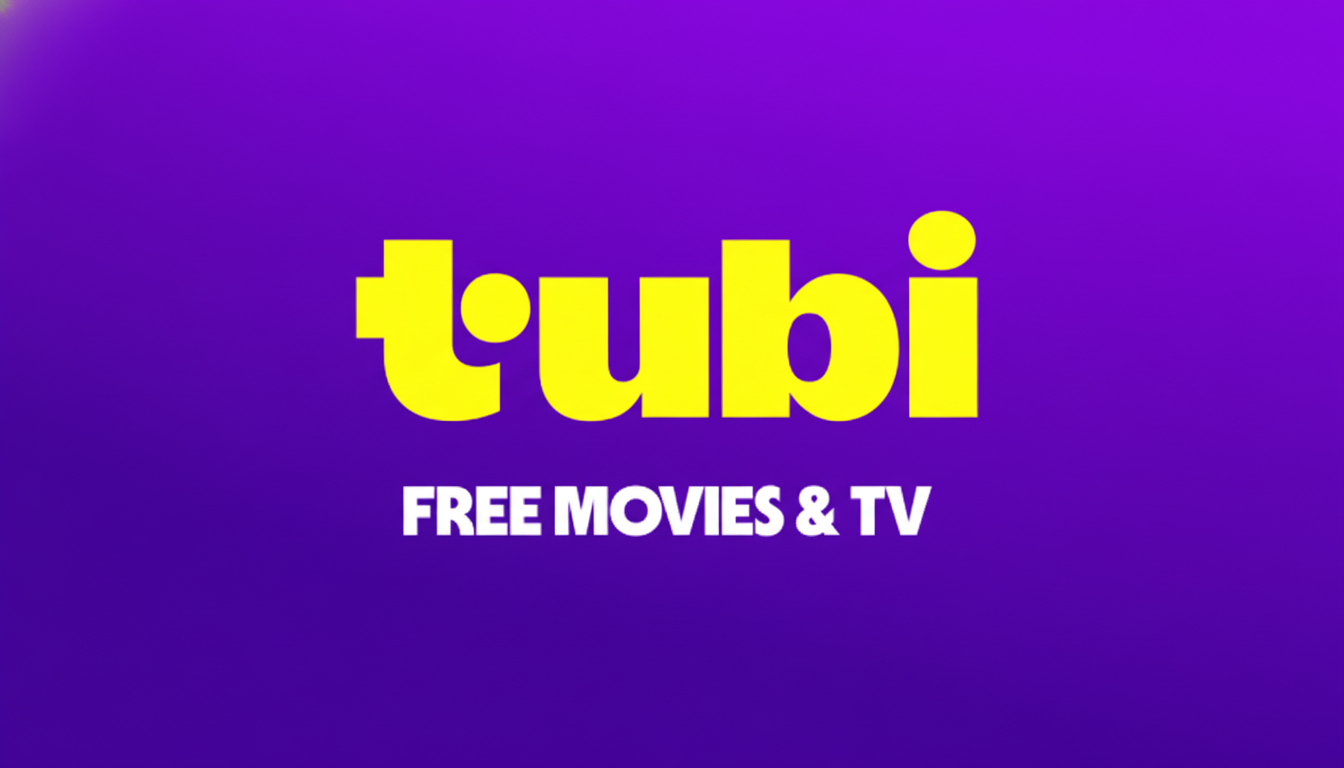Bugs Bunny and Daffy Duck have a new stage, and it’s not behind a paywall. After being yanked off HBO Max, the classic Looney Tunes shorts are roaring back on Tubi, cracking the free streamer’s top tier by viewership and underscoring how ad-supported platforms can revitalize old hits.
The reversal is a testament to a counterintuitive reality of the streaming era: older, highly polished shorts that are built for broadcast pacing can thrive on advertising-supported video on demand and free ad-supported television, where familiarity and snackable length can easily lead to extended usage time and repeat viewing.

From Removal to Resurgence on Tubi’s Platform
Warner Bros. Discovery pulled its classic Looney Tunes library off HBO Max, a decision that bemused fans and confounded industry observers. Months later, 789 of the shorts were acquired by Tubi; about 200 others are vaulted by Warner Bros. Discovery because of outdated and offensive imagery.
Within a few weeks of the swap, Looney Tunes was one of Tubi’s top 10 series by total watch time, according to Tubi’s head of acquisitions Samuel Harowitz in an interview with Vulture. For a 90-year-old franchise to trend so fast on such an overcrowded platform of new releases is impressive — as well as a data point that supports putting the series in the free, ad-supported realm.
A Made-for-AVOD Experience That Revives Classic Shorts
Tubi re-edited the theatrical shorts into 30-minute episodes and inserted ad breaks between segments of cartoons. That approach re-establishes the rhythm of Saturday morning TV, cutting down those awkward moments in medias res while opening up more chances for exciting ad insertion.
Harowitz has said the approach is a means of drawing from co-viewing and nostalgia without undercutting that pacing, which was part of what made these cartoons timeless.
It’s a design decision that seems obvious in retrospect: Punchy shorts, clear act breaks, and character-driven comedy make perfect sense for AVOD’s lean-back model.
AVOD Momentum Favors Classics as Viewing Habits Shift
Now, streaming boasts the biggest share of TV usage and ad-supported services are accounting for a growing piece of that pie, as documented in Nielsen’s The Gauge. Viewers seem to feel more and more at ease exchanging subscriptions for free access, especially to library programming that rewards ambient, multi-episode viewing — or listening.

Analysts at eMarketer and Magna have predicted prolonged double-digit growth in FAST and AVOD ad spend, with its associated more brand-safe environments paired with consistent reach. That phenomenon has already buoyed other evergreen franchises on free services — Pluto TV channels for long-running series and Amazon Freevee’s reality staples are familiar engagement drivers — and Looney Tunes is now taking that same course.
Inside Tubi’s Cartoons Playbook for Family Animation
Quietly, Tubi has assembled one of streaming’s most impressive collections of classic animated content, from Tom and Jerry to the Pink Panther, Popeye the Sailor and Teenage Mutant Ninja Turtles. The result is a de facto Saturday morning center that crosses generations and makes discovery easy.
Fox Corporation, Tubi’s parent company, has repeatedly cited spiking time spent on the service in earnings calls. There is family-friendly animation, which benefits the category: it leads to long dwell times and a low churn risk, as well as broad audience appeal — all highly valued by advertisers seeking frequency without fatigue.
A Win For The Franchise Outside Its Home Studio
Looney Tunes’ streaming revival comes after a troubled time for the brand. Warner Bros. Discovery’s cost-saving measures resulted in high-profile cancellations and removals, although third-party partners are picking up the slack; Ketchup Entertainment acquired the completed feature Coyote vs. Acme for theatrical release and also distributed The Day the Earth Blew Up, guaranteeing that further entries from Looney Tunes see the light of day while corporate philosophies change around them.
Licensing the shorts to Tubi helps extend that lifeline. It maintains the characters’ cultural visibility, introduces them to younger viewers, and earns incremental revenue with none of the overhead associated with an unsustainable subscription window. For the companies and creators developing that game’s IP, it’s a wake-up call: distribution flexibility can be worth more than exclusivity.
What’s on Tubi Next for Looney Tunes and Viewers
Tubi says it is in discussions to preserve Looney Tunes as part of the service for years, indicating a long-view commitment rather than a temporary library ploy. Look for more curation — character collections, director spotlights and themed rows — along with possible FAST channels that replicate the ease of a linear TV experience.
The larger lesson is strategic: when classic programming is packaged with the viewer in mind, AVOD can serve up reach and relevance at scale. For these characters, who include Bugs Bunny and Daffy Duck — among others in the Looney Tunes gang — the free streaming age is no consolation prize; it’s a second act.

